
Quality Archontophoenix Alexandrae Palm Trees West Coast Trees
Alexander palm is a charming native plant is endemic to Queensland. Learn how to propagate and care for the king palm as well as what pests and diseases to look out for.. Archontophoenix Alexandrae Plant Features. The average height you're looking at is around 15 metres but the Alexander Palm can grow up to 24 metres tall. With that kind.
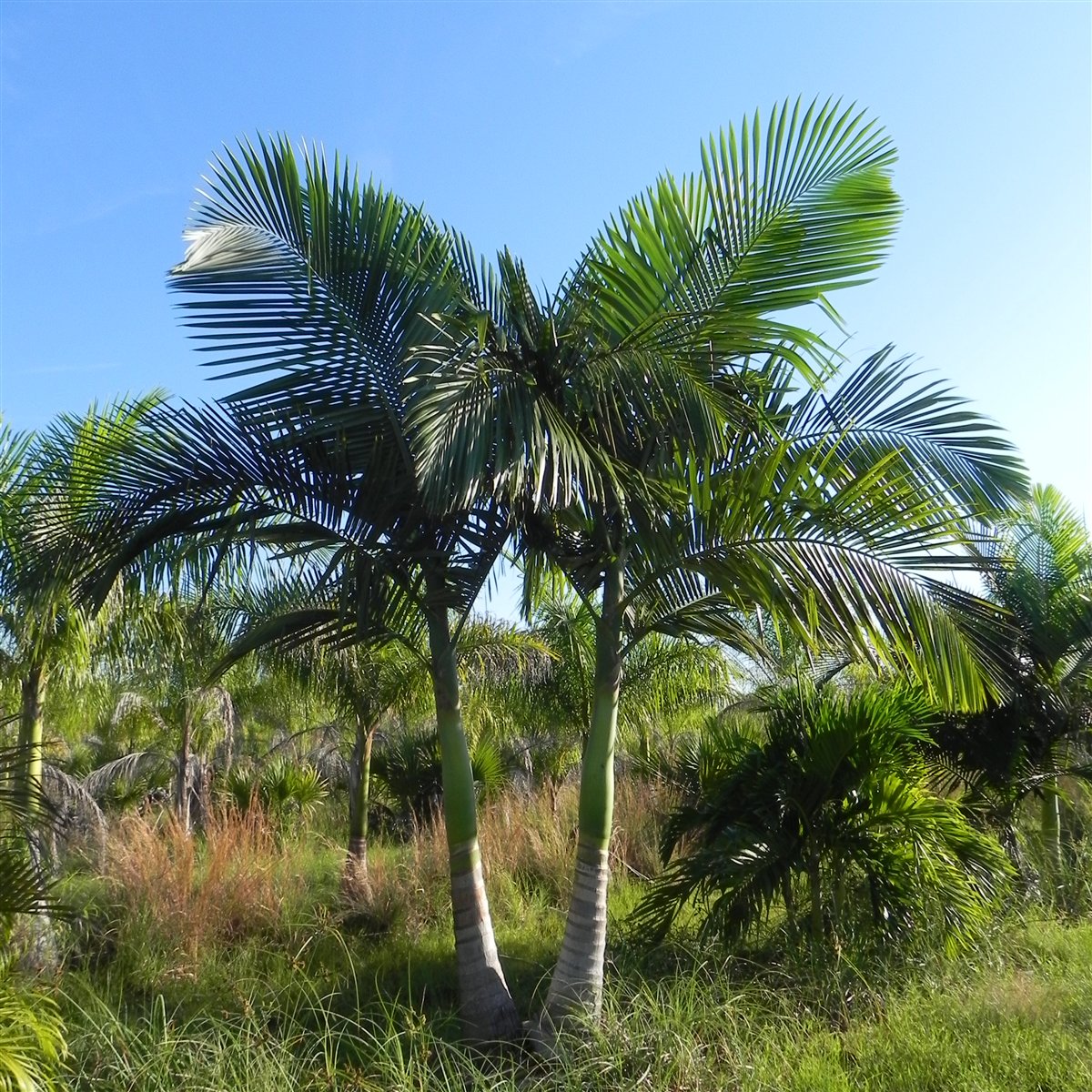
Archontophoenix alexandrae archivos Universo Palmeras
The genus epithet Archonotophoenix comes from the Greek as 'king' or 'chief', and 'date palm', and that all species in this genus share the common name king palm. The species epithet alexandrae honours Princess Alexandra of Denmark (1844 - 1925).

buildfun PALMArchontophoenix Alexandrae
Archontophoenix alexandrae. Family: Aracacaea Origin: Native to Northern and Central Queensland, Australia. A key feature of the Alexander Palm is its capacity to tolerate heavy inundation under heavy rain events. This survival quality has made the palm a dominant species in tropical Queensland.
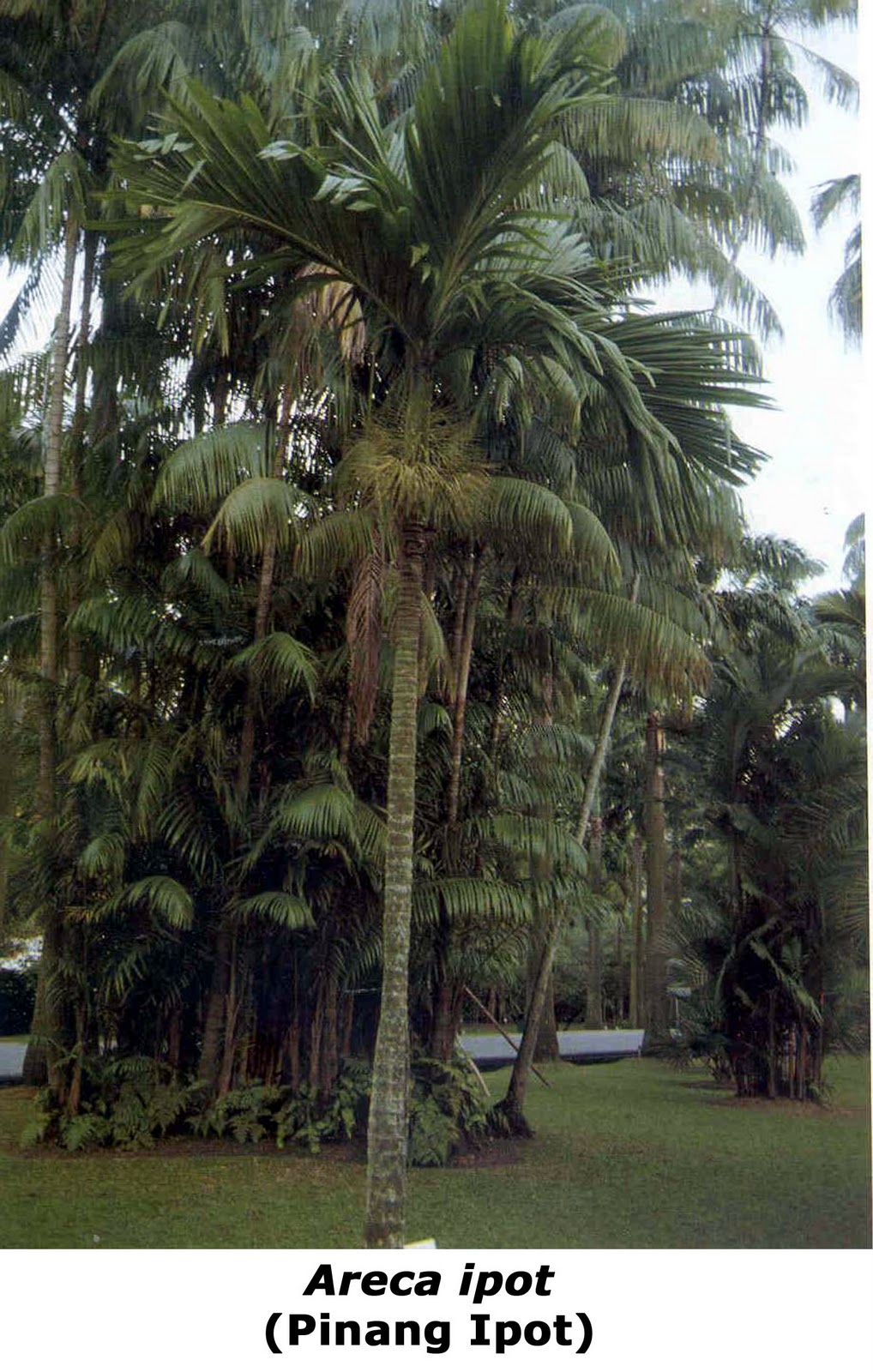
buildfun PALMArchontophoenix Alexandrae
La Archontophoenix Alexandrae. It is a native palm of Australia, specifically of the valleys and jungles of Queensland. It is popularly known as the Alexandra palm, Australian royal palm or Alexandro palm. It has a rapid growth, being able to exceed 20 meters in height. Its trunk is thin, ringed and slightly stepped, with a thickness of about 30cm.
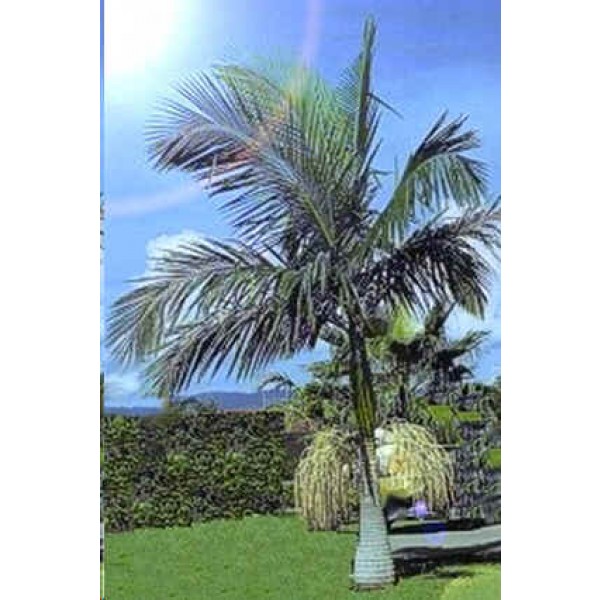
Archontophoenix Alexandrae Seeds (King Palm Seeds, Alexander Palm Seeds
The Archontophoenix alexandrae or Alexander Palm is smaller and slower growing than the common Bangalow. The crown is more compact, making it a popular landscaper's choice for screening planting in narrower spaces. It has an attractive ringed trunk and fronds are silver on the undersides.

Archontophoenix Alexandrae Seeds (King Palm Seeds, Alexander Palm Seeds
Archontophoenix alexandrae can grow to a height of 15 metres with a width of 3 metres. Archontophoenix alexandrae is a tall and slender palm more commonly known as the Alexander Palm. This Australian native originates from central and northern Queensland's coastal rainforests but they are also more commonly grown in gardens across the country.
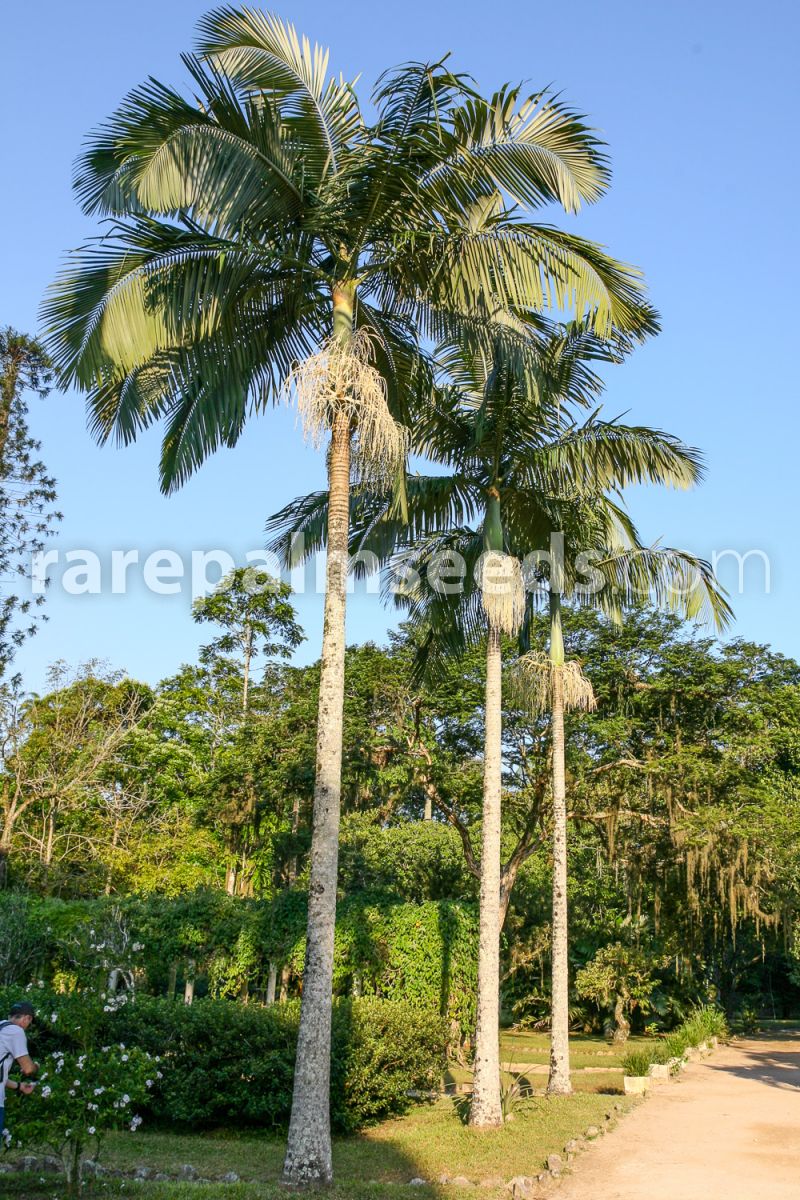
Archontophoenix alexandrae King Palm Buy seeds at
Alexandra palm Archontophoenix alexandrae, Fam. Arecaceae. A single stemmed, feather palm, grows to 35m tall, crown shaft.. Palm or palm-like plant Family: Arecaceae: Leaf: Compound Unknown Leaves reach up to 4.5m in length, pinnate; 60-80 pinnae on each side and up to 75cm long by 3-5cm wide, leaves green with underside of leaf covered in.

Archontophoenix Alexandrae Bananalicious.pl
Description. "Trunk gray, up to about 30 m tall. Leaves, about 10 in the crown, up to 2.5 m long, pinnae about 80 on each side, up to 80 cm long and 5 cm wide, whitish or ash-colored on lower surface, sheath green. Inflorescences up to 70 cm long, with pendulous rachillae to the fourth order; staminate flowers white or cream, 5-6 mm long.

Archontophoenix Alexandrae Alexandra Palm Trees & More Ltd
Cultivation and Propagation: Archontophoenix alexandraeSN|24190]]SN|24190]] is relatively easy to grow and very adaptable to soil type, but clay soil is much better than sand, or silt, because clay holds water, this palm is a very fast grower if the water is kept up to it, averaging about 0,3-1 metre per year.A. alexandrae is a great palm in a boggy spot where the land has been raped, and.
_lowres.ashx)
NParks Archontophoenix alexandrae
Archontophoenix alexandrae, commonly known as Alexandra palm, king palm, northern Bangalow palm, or feather palm, [4] [5] [6] is a palm endemic to Queensland, Australia. It was named in honour of Princess Alexandra of Denmark, [7] but is often erroneously referred to by the misnomer Alexander palm . Archontophoenix alexandrae is a tall.

PlantFiles Pictures Archontophoenix Species, Alexandra Palm, King
Archontophoenix alexandrae - Alexander Palm . DESCRIPTION: Native to Queensland and New South Wales, the Alexander or Alexandra palm establishes quickly, perfect for gardeners looking to create a tropical paradise in a hurry.Fruits in long tails of bright red berries. USE IN: Tropical gardens to create a canopy or grand entrance, container planting in a sunny location is ideal when plants are.
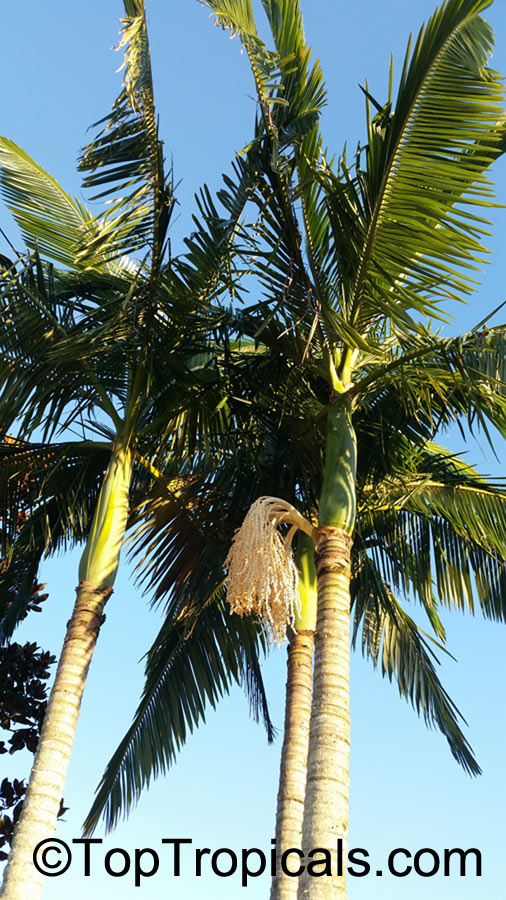
Archontophoenix alexandrae, Ptychosperma alexandrae, King Palm
Archontophoenix alexandrae (F.Muell.) H.Wendl. & Drude. pronounced: ar-kon-toh-FEE-niks al-ecks-AN-dray (Arecaceae — the palm family)common name: Alexander palm. The generic Archontophoenix comes from two Greek words, αρχος (archos), chief or commander, and φοινιξ (phoenix), date palm, also the dark red colours from crimson to purple. The specific refers either to Alexander the.

Alexandra palm (Archontophoenix alexandrae)
Plant Overview. This solitary feather palm has a slender greyish trunk that is strongly swollen at base and a spreading crown of graceful dark green fronds. It has a smooth green crown shaft and the creamy white flowers appear in a pendant cluster during summer. Archontophoenix alexandrae (F.Muell.)

Alexandra Palm Archontophoenix Alexandrae
The round fruit, about 12 mm (1/2 inch) in diameter, turn bright red at maturity (Figure 3). Palm to 30 m tall, trunk to 30 cm in diameter and frequently with the base expanded to 50-60 cm in diameter and often 'stepped' to varying degrees. The leaves are 3-4 m long and have the pinnae orientated in a vertical plane toward the leaf apex.

Archontophoenix alexandrae Alexander Palm The Seed Vine
Archontophoenix alexandrae is a tall palm with a slender grey trunk covered in rings of leaf scars and enlarged at the base. A crown of large (0.6 -1m long, feathery arching fronds create an elegant form. The fronds have a purple hue above, while the silvery grey undersurface has the beautiful effect of catching the light.

Plantsnap Identify Plants, Trees, Mushrooms With An App
Archontophoenix Alexandrae - Alexander Palm Extra Tips. Once a month you can wipe down the plants leaves using a damp cloth to clean away any dust that has collected and may be preventing the leaves from breathing. It's completely normal for older fronds, typically around the base of the plant, to fade in colour or brown off as they age.